When I wandered into the La Brea Tar Pits in Los Angeles, I could hardly believe I was smack in the middle of one of the world’s coolest Ice Age fossil sites. Walking past those bubbling pools of tar, I watched real fossils get uncovered—bones that had been stuck there for thousands of years.
The mix of old bones, sticky tar, and honestly, that unforgettable smell, made the whole thing feel surreal. It’s not every day you get hit by a blast of ancient history and asphalt fumes at the same time.
Even though the city buzzes all around, the tar pits open a window into ancient history. I learned that giant creatures like mammoths and saber-toothed cats once roamed what’s now a city filled with traffic and palm trees.
The surprises, discoveries, and, yes, the weird smells made my day at the La Brea Tar Pits stick in my mind.
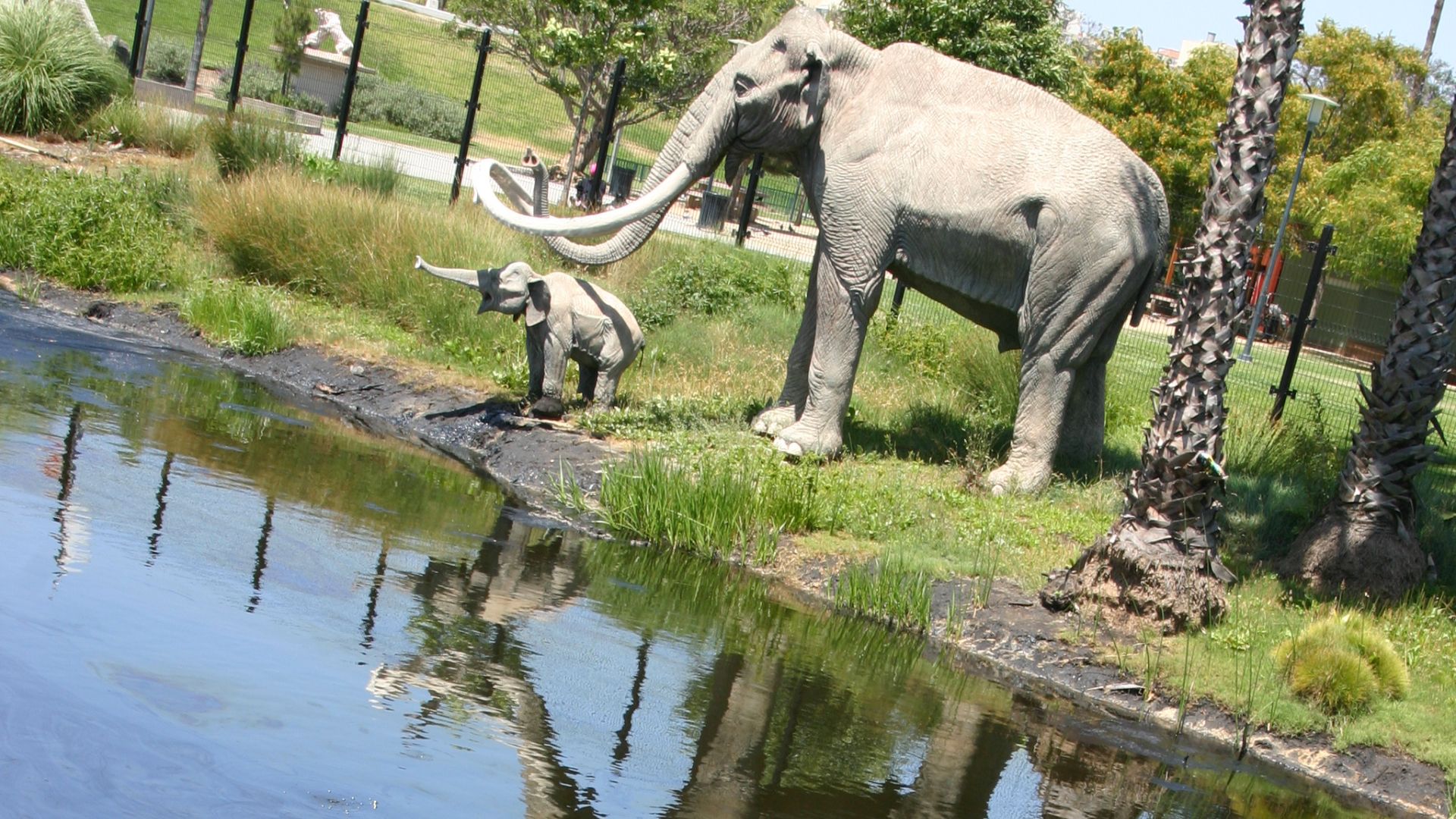
History and Significance of La Brea Tar Pits
La Brea Tar Pits sit right in the heart of Los Angeles. They’ve played a huge role in how we understand Ice Age life in North America.
Their spot along the Miracle Mile and the fact that people still dig up new fossils make them stand out from other fossil sites.
Discovery and Early Excavations
People knew about the sticky tar pits for ages, but serious digging didn’t start until the early 1900s. In 1907, James Z. Gilbert, a teacher from Los Angeles High School, led his students in the first organized dig.
They uncovered bones from extinct animals trapped in the thick asphalt. Soon after, paleontologists and museum teams jumped in.
Over 100 major digs have happened since then, revealing bones from mammoths, saber-toothed cats, giant sloths, and dire wolves. These finds showed Los Angeles used to be home to some truly massive Ice Age animals.
This isn’t just old news; even now, La Brea remains the only active Ice Age fossil dig in a major city. Every year, researchers pull out new fossils and learn more.
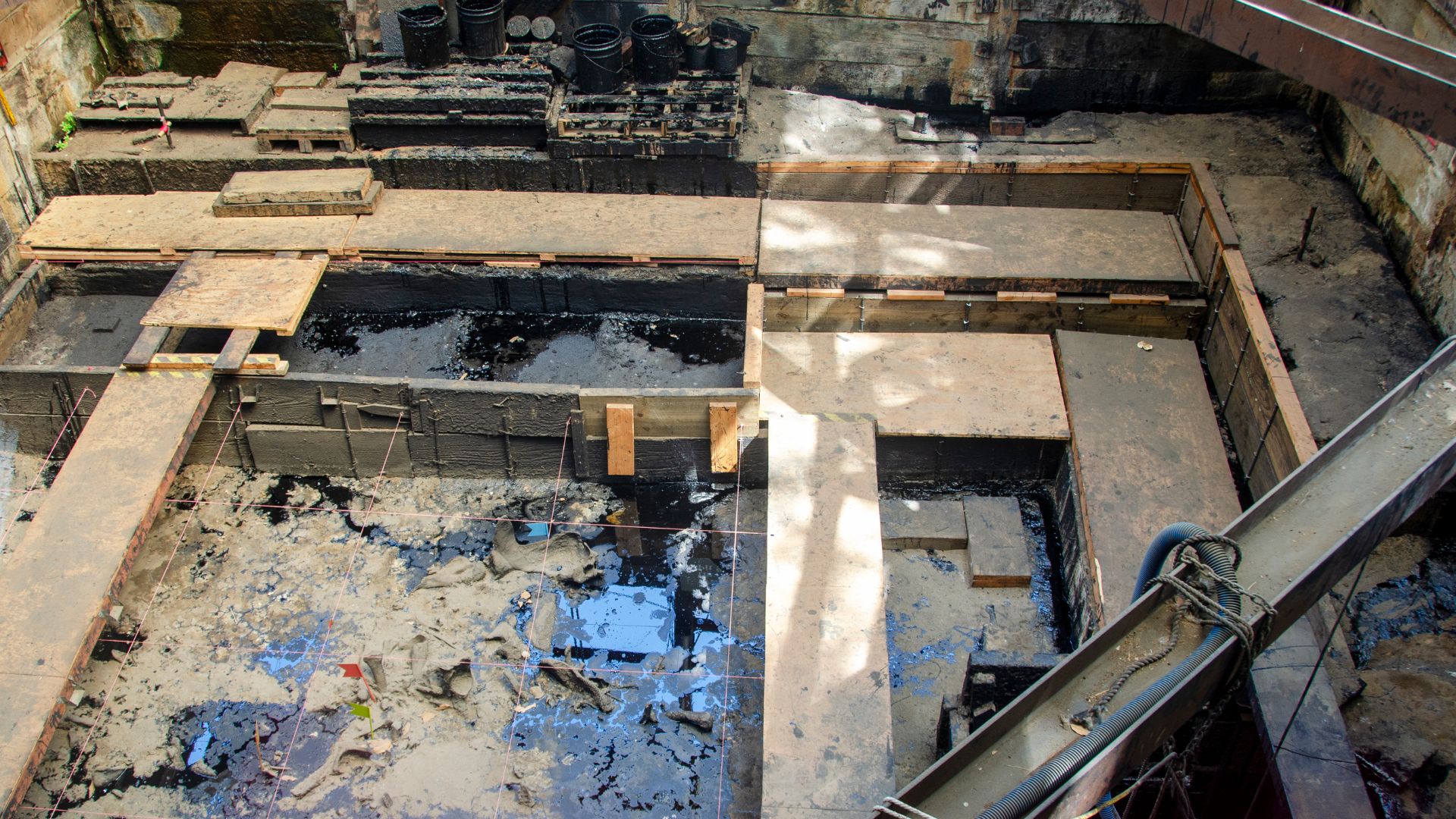
Role in Prehistoric Los Angeles
The La Brea Tar Pits give us a direct line to prehistoric Los Angeles. The tar trapped animals and preserved their bones for more than 10,000 years.
When I visit, I’m standing right where ancient bison and massive predators once walked. Scientists have dug up fossils from over 600 species, including plants and insects, painting a full picture of the Ice Age ecosystem.
The spot where famous buildings now stand used to be wild territory for some of the biggest land mammals around. Researchers study the samples to track climate change too.
Bits of pollen or beetle shells, frozen in tar, reveal how the environment shifted as the Ice Age faded away.
Impact on Cultural Institutions
My time at the La Brea Tar Pits Museum really showed me how fossil discoveries shape education and research. The Page Museum, right on site, displays a huge range of fossils pulled from the pits.
It helps visitors, especially students, get a feel for ancient life without leaving the city. Other institutions, like the Natural History Museum of Los Angeles County, use tar pit specimens for research, exhibits, and all sorts of public programs.
This work brings the prehistoric world into classrooms and museum halls. Now, the La Brea Tar Pits are part of Hancock Park, where anyone can watch real fossil digs happen.
That public access keeps Ice Age science alive and open to everyone.
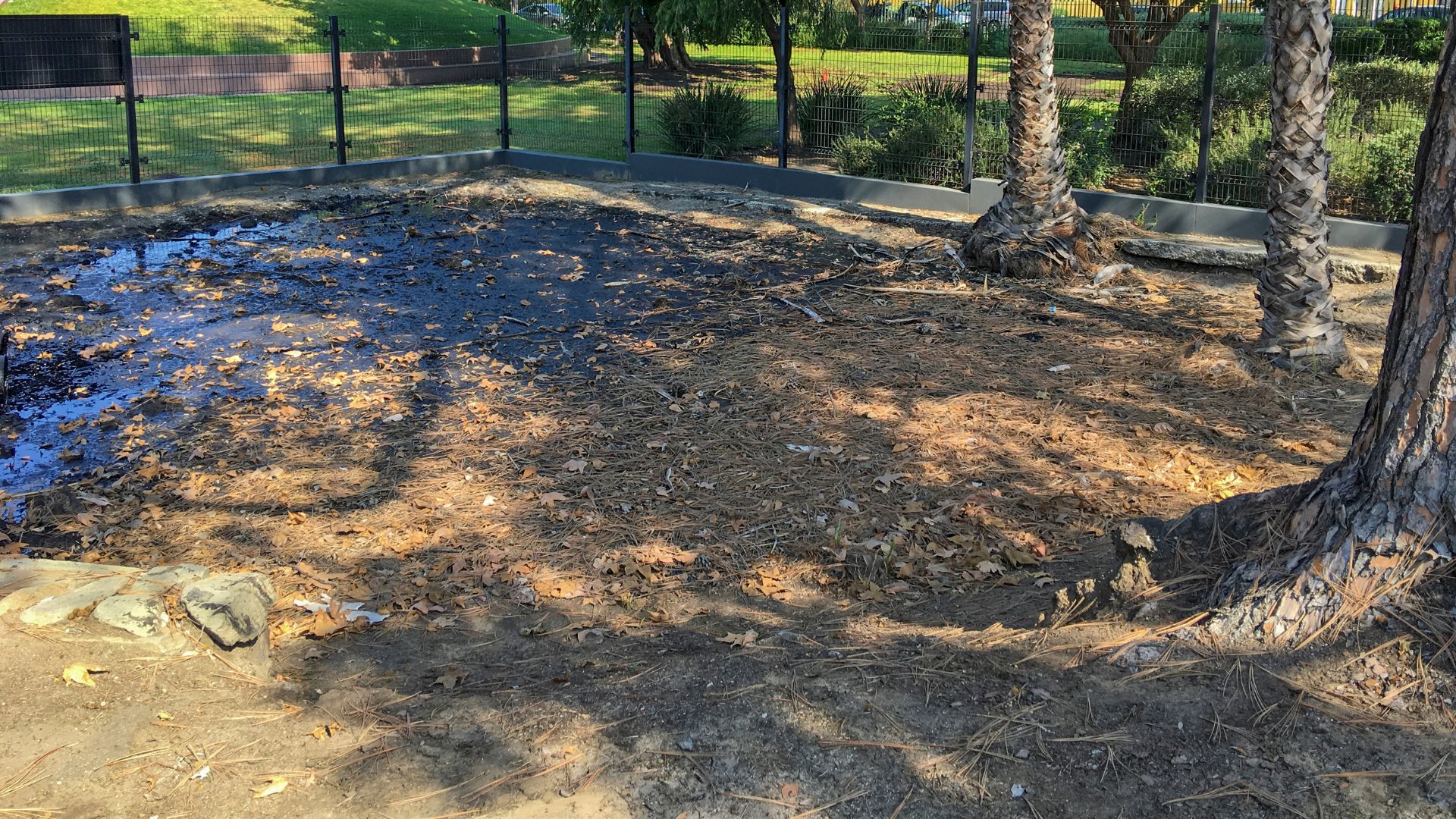
What Makes the Tar Pits Unique
When I showed up at the La Brea Tar Pits, I realized this place is a wild mix of science, strange sights, strong smells, and discoveries you just don’t get anywhere else. These tar pits, right in the middle of Los Angeles, are still active.
Their features set them apart from fossil sites anywhere else.
Formation of Natural Asphalt Deposits
The tar pits formed from natural asphalt, not the kind you see on roads. Asphalt, a sticky oil, seeps up through cracks in the ground.
Over thousands of years, it pooled in shallow spots. Sometimes rainwater would hide the asphalt, tricking animals into crossing and getting stuck.
As they struggled, more asphalt and sediment slowly buried them. The asphalt has bubbled up here for about 40,000 years.
Scientists say this kind of ongoing seepage is rare. Most fossil sites aren’t active, but at La Brea, the process just keeps going. These living asphalt pools make the place a real-life Ice Age time capsule.
Bubbling Tar and Its Smell
The first thing that hit me was the sulfuric smell drifting through the air. The bubbling tar looks like it’s boiling, but really, that’s just gas escaping from underground.
Methane and other gases bubble up as the asphalt shifts. I saw patches of dark, sticky pools, with bubbles constantly popping at the surface.
The smell? It’s strong—kind of like rotten eggs mixed with oil. Some lake pits have bigger pools, and the odor there is even more intense.
At first, it’s overwhelming, but after a while, it just feels like part of the experience. Nowhere else in LA has bubbling pits like these, with fossils hiding just below the surface.
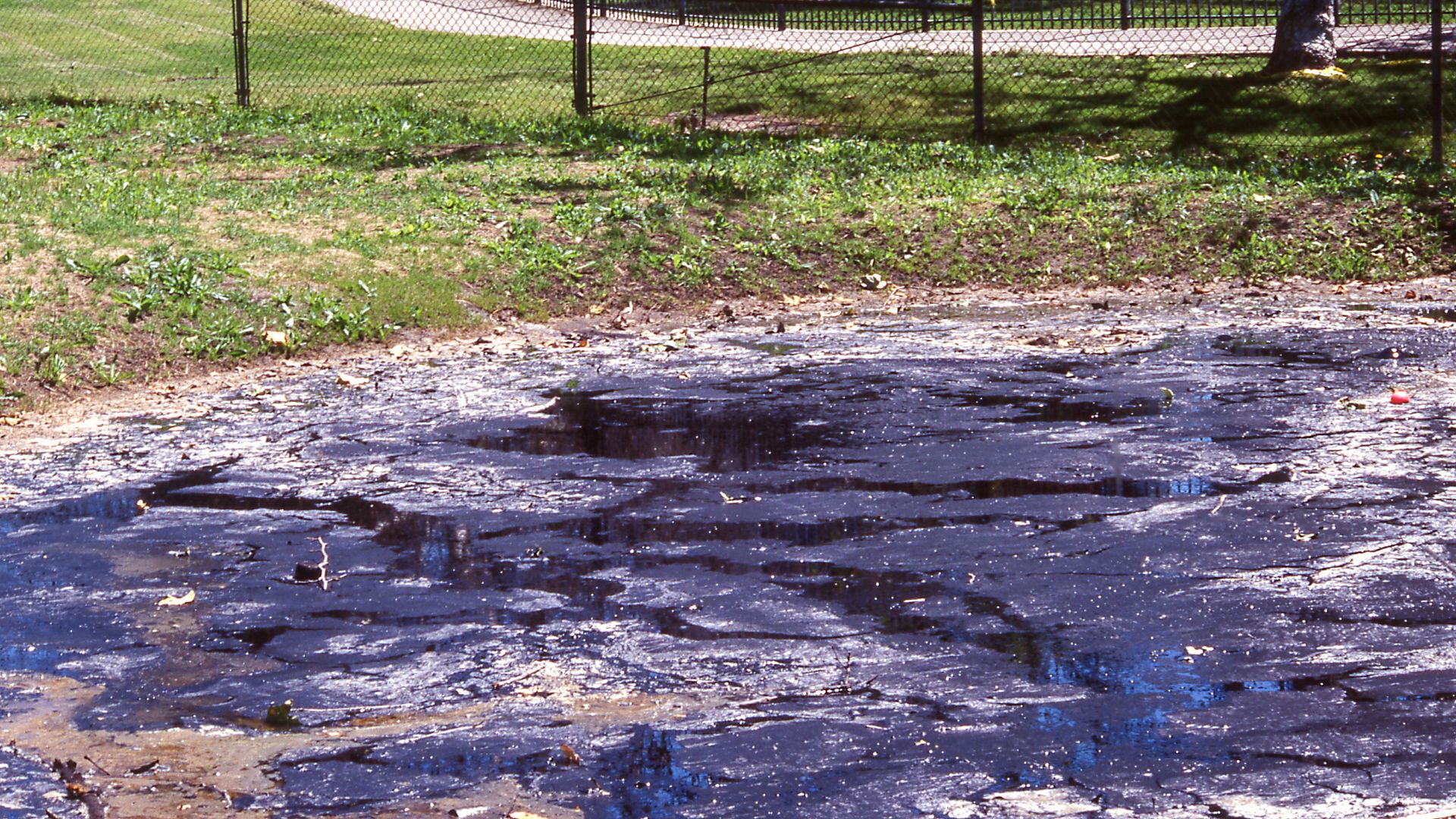
Fossil Preservation Process
What makes La Brea so special is how the sticky asphalt preserves animal bones, plants, and even bugs that get trapped. The tar covers anything that falls in, blocking out air and slowing decay.
Over time, more sediment and leaves pile up, sealing everything in. This slow build-up keeps skeletons and fossils in surprisingly good shape.
Some of the most famous finds here are saber-toothed cats, dire wolves, and giant Columbian mammoths. Because the conditions are just right, even tiny details can survive.
Paleontologists have dug up tooth marks, fur, and even bits of ancient plants from these sticky deposits. Every dig at the tar pits seems to turn up something new about what Los Angeles was like during the Ice Age.
Ice Age Giants and Fossil Discoveries
At the La Brea Tar Pits, I found myself staring at an incredible variety of Ice Age animals. Their fossils tell wild stories about how diverse and dramatic life was in this area thousands of years ago.
You’ll find evidence of giant herbivores, fierce predators, and a few oddballs that I never expected.
Mammoths, Mastodons, and Bison
Looking at the fossils of mammoths and mastodons, I couldn’t help but be amazed by their sheer size. Mammoths had those long, curved tusks and a shaggy coat.
They lumbered across grasslands with herds of bison—though these Ice Age bison were much bigger than the ones we see now. Mastodons, also elephant relatives, had shorter, straighter tusks and different teeth.
That helped scientists tell them apart from mammoths. Both giants munched on plants and shaped the landscape as top herbivores.
Table: Comparison of Key Herbivores
| Animal | Tusks | Size | Diet |
|---|---|---|---|
| Mammoth | Curved, long | Up to 13 feet | Grasses |
| Mastodon | Straighter | Shorter, stocky | Branches |
| Bison | None (horns) | Over 6 feet | Grasses |
Their bones, teeth, and even some footprints turned up in the tar, showing how often they got stuck while searching for food or water.
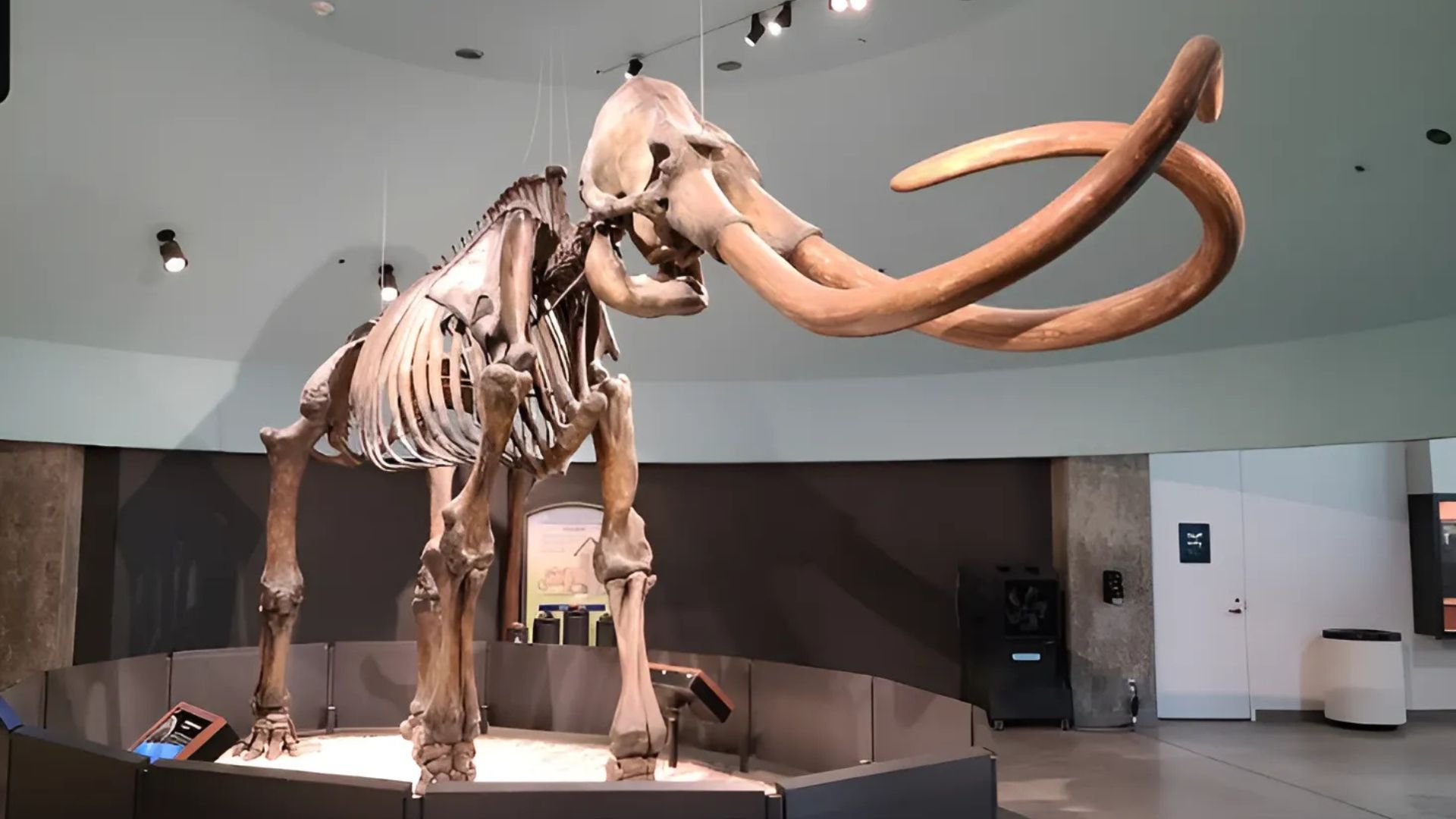
Saber-Toothed Cats and Dire Wolves
Some of the most iconic fossils at the Tar Pits belong to the big predators. The saber-toothed cat, Smilodon, stands out with its huge, sharp canine teeth.
These cats hunted large prey and sometimes ended up trapped in the tar alongside their dinner. Dire wolves were another top predator—bigger and bulkier than modern gray wolves.
Packs of dire wolves probably hunted herbivores, but many got caught in the sticky tar while chasing after an easy meal. The museum even has a wall of hundreds of dire wolf skulls, all from this site.
Coyotes and other meat-eaters turned up too, though not as often. The tar acted like a deadly trap, luring predators and prey alike over thousands of years.
Other Fascinating Prehistoric Animals
Besides the giants, I saw fossils from creatures I never would have guessed lived here. Giant ground sloths, for example, once stood over 10 feet tall and weighed as much as a car.
Scientists also found bones from camels that wandered Ice Age Los Angeles. One animal that really caught my eye was the teratorn—a bird with a wingspan over 12 feet, making it one of the largest flying birds ever.
Even smaller animals, like rodents and reptiles, got trapped, filling in details about the ancient food web. These discoveries show just how many types of prehistoric life called this area home, from massive grazers and hunters to odd flyers and little critters.
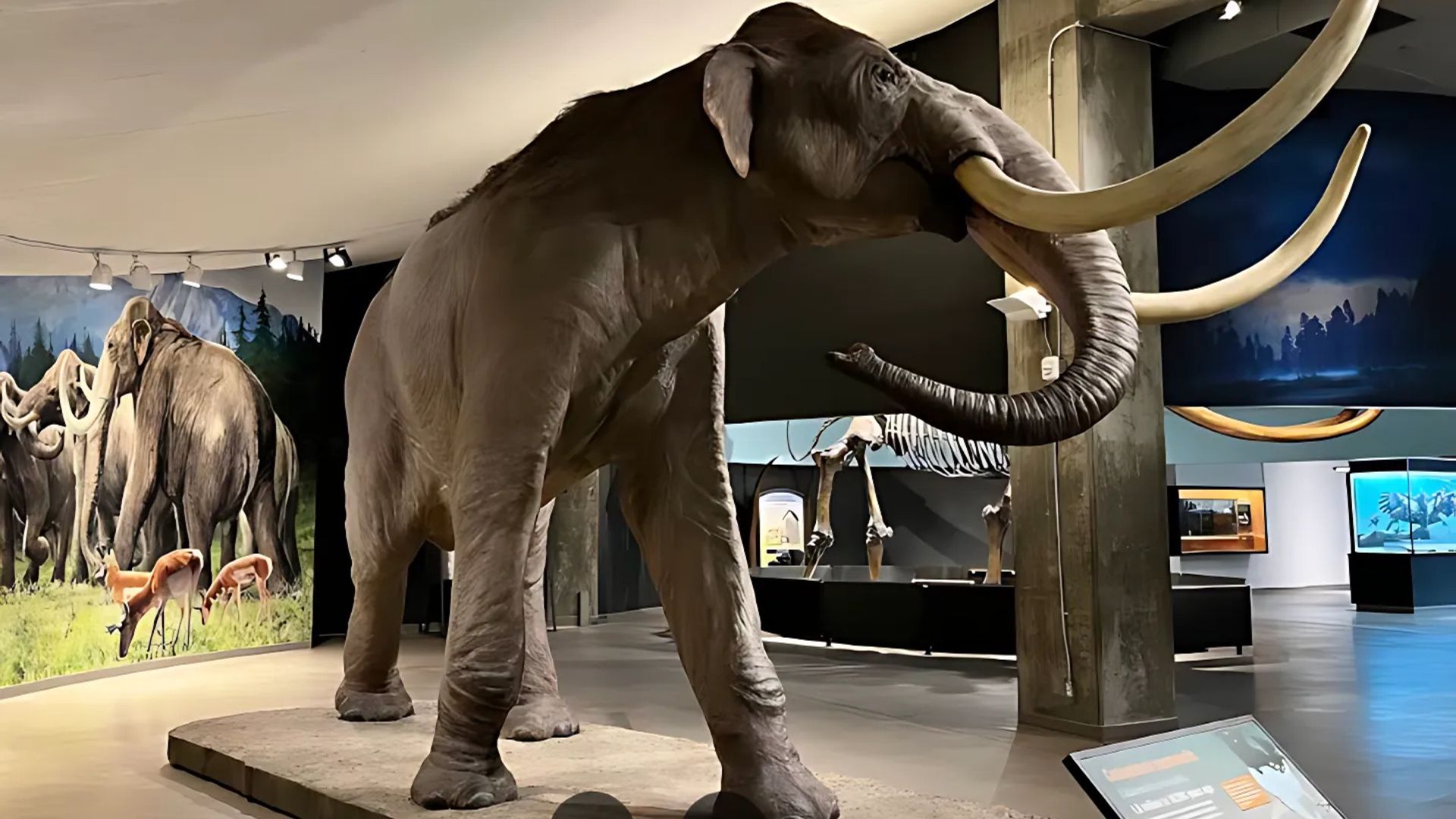
The Excavation Process and Scientific Discoveries
La Brea Tar Pits feels different from other fossil sites because it mixes active outdoor digging with cutting-edge fossil research. I got to watch scientists use both old-school and high-tech methods to dig up secrets from the Ice Age.
Modern Excavation Techniques
Crews at La Brea use a mix of traditional hand tools and modern gadgets. Shovels, trowels, and brushes let them gently remove dirt and tar to protect fragile fossils.
They dig in marked grids, mapping exactly where each bone or plant shows up. Drones and 3D scanners now help create digital maps of the dig sites.
These images help scientists keep track of everything and spot fossil-rich spots. Remote sensors help them find softer tar layers, which usually hide the best-preserved bones.
Excavators sort fossils by type and log their location in detailed records. This system connects discoveries and helps track how the Ice Age environment changed.
Digging never really stops here—new fossils show up every year.
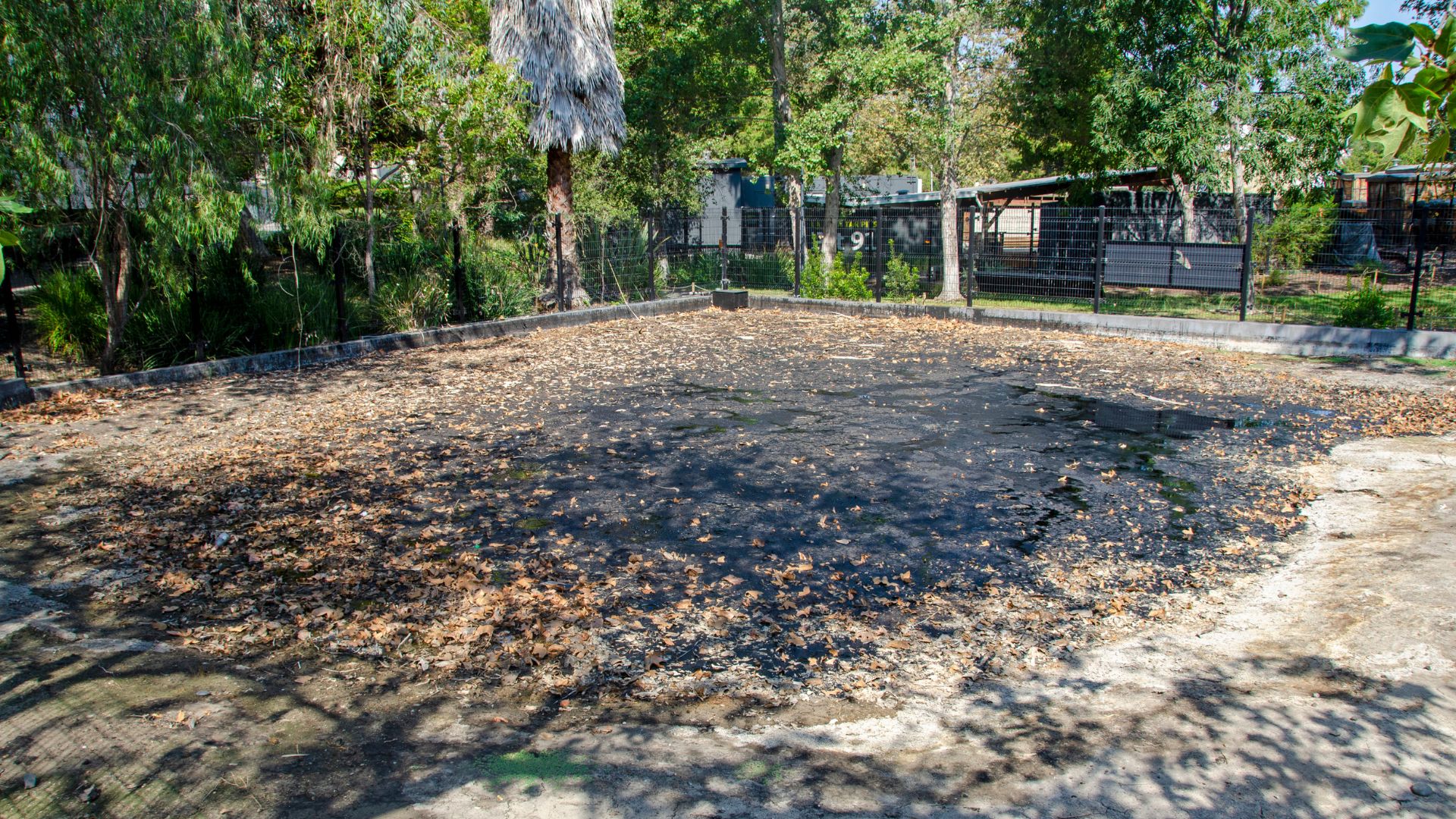
Fossil Lab and Project 23
After pulling fossils out of the sticky tar, I watched experts move them to the fossil lab. The place buzzes with technicians cleaning, sorting, and piecing together bones using tweezers and tiny brushes.
They scrape away thick asphalt and dirt, sometimes spending months on just one specimen. Project 23 is something special.
When a nearby museum expansion unearthed 16 new fossil deposits, crews boxed up giant chunks of tar and dirt. These massive crates, called “Project 23,” let scientists dig in a controlled lab instead of outside.
They use lists, microscopes, and computers to track every fossil as it moves through the lab. Some bones come from mammoths, dire wolves, or ancient plants.
Others turn out to be tiny insects or seeds that fill in the Ice Age puzzle.
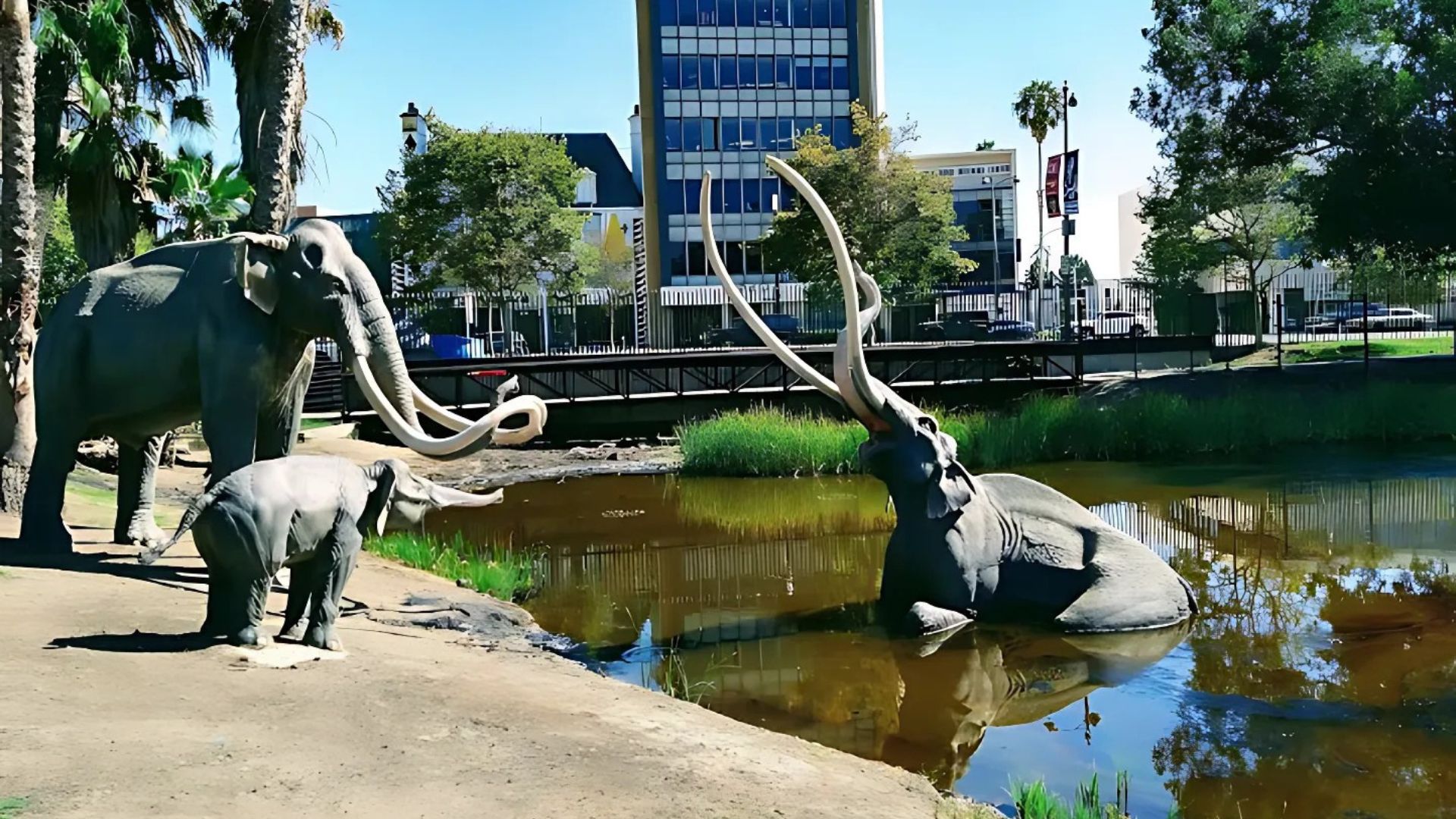
Role of Paleontologists
Paleontologists at La Brea run both the digging and the fossil studies. I watched them guide excavation teams and decide which spots to focus on next.
Their deep knowledge of anatomy helps them spot rare or new species among thousands of bones. In the lab, they analyze fossils under microscopes and test samples for ancient pollen or DNA.
Some fossils reveal how animals adapted to climate changes or what they ate. They also publish findings so experts everywhere can learn from what’s found here.
Paleontologists mentor students and invite volunteers to help sort and study fossils. They help people understand why digging up ancient remains tells us so much about natural history and climate.
Their curiosity and teamwork have uncovered more than 3.5 million fossils at La Brea so far.
Visitor Experience at La Brea Tar Pits Museum
Visiting the La Brea Tar Pits Museum dropped me right into a world of real Ice Age fossils, live excavation, and hands-on displays. The museum sits in Hancock Park, surrounded by active dig sites packed with history and science.
George C. Page Museum and Museum Space
When I walked into the George C. Page Museum, sunlight poured through those tall windows, offering a great view of Hancock Park just outside. The space felt open and inviting, with wide walkways that made wandering around pretty easy.
I spotted ancient bones from mammoths, saber-toothed cats, and dire wolves, all discovered right here at the La Brea Tar Pits. Display cases let me get close to the fossils, and the labels explained exactly what I was seeing.
The museum’s layout makes learning feel effortless. There’s plenty of seating scattered around, so I never felt crowded or rushed.
Maps are easy to spot, which helped me plan my visit without any stress. I chatted with staff a couple of times, and they happily answered my questions about the exhibits.
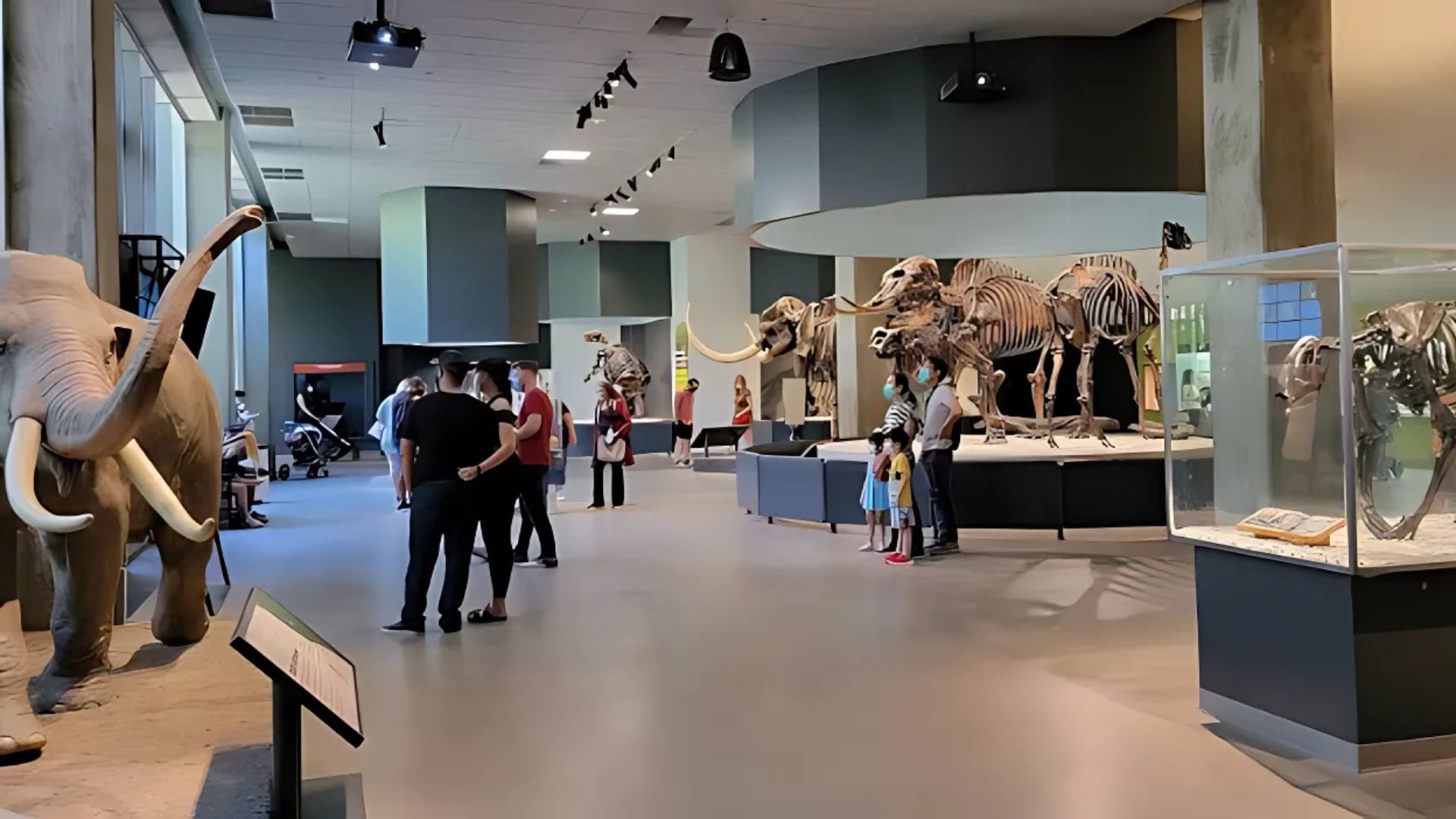
Interactive Exhibits and Ice Age Encounters
You know what really stood out? So many exhibits are hands-on. I touched fossil casts, checked out models of prehistoric animals, and even tried pulling levers to “extract” bones from some wonderfully gooey fake tar.
The Ice Age Encounters show blends live actors, puppets, and special effects to bring saber-toothed cats and other ancient animals to life. The room fills up fast, but honestly, it’s worth squeezing in if you’re into learning through stories and visuals.
Kids seemed glued to the hands-on activities, but I noticed plenty of adults enjoying them too. I learned a surprising amount from the interactive maps that show where fossils were found.
There’s a short movie about the animals that once roamed here, and it’s a quick, fun watch.
Special Exhibitions and Events
The museum regularly hosts special exhibitions featuring unique fossil finds or focusing on different prehistoric animals. When I visited, I caught a temporary display about ancient birds, with fossilized eggs and reconstructed wings.
Some exhibitions let you compare Ice Age creatures to modern animals living in Los Angeles, using side-by-side models and simple charts. I noticed up-to-date info on big boards, and QR codes took me to extra details online.
Staff run events like fossil prep demos and Q&A sessions. These programs gave me a chance to ask questions and watch experts clean fossils right in front of us.
Excavator Tour and Outdoor Areas
Outside, I joined the Excavator Tour with a museum guide leading the way. The guide walked us by working dig sites, explained how sticky tar preserves fossils, and answered questions about how they make discoveries.
I wandered around the Lake Pit, a big pond bubbling with tar. Near the water, life-sized mammoth models stand, making it easy to picture what this place looked like centuries ago.
Hancock Park wraps around the museum, with trails leading to more fossil recovery pits and a shaded picnic area. It’s fun to watch scientists at work, and the park signs actually explain what’s going on at each dig site.
Practical Information for Your Visit
La Brea Tar Pits sits right in the heart of Los Angeles, so getting there isn’t much trouble. Just a few things to know about tickets, parking, and what you might want to check out or buy.
Entry Ticket and General Admission
I bought my ticket at the entrance, but honestly, it’s just as easy to snag one online. General admission for adults usually runs about $18-$20.
Kids, students, and seniors get a discount, and children under a certain age sometimes get in free.
Special exhibits and 3D movies cost extra, not included with the basic ticket. I’d suggest checking the website before you go, since hours and prices can shift.
Museum members often get free admission or perks, so that’s something to consider.
You’ll need to show your ticket when you move between different exhibit areas. If you’re coming with a group, especially a school group, it’s smart to book ahead—field trip days get busy.
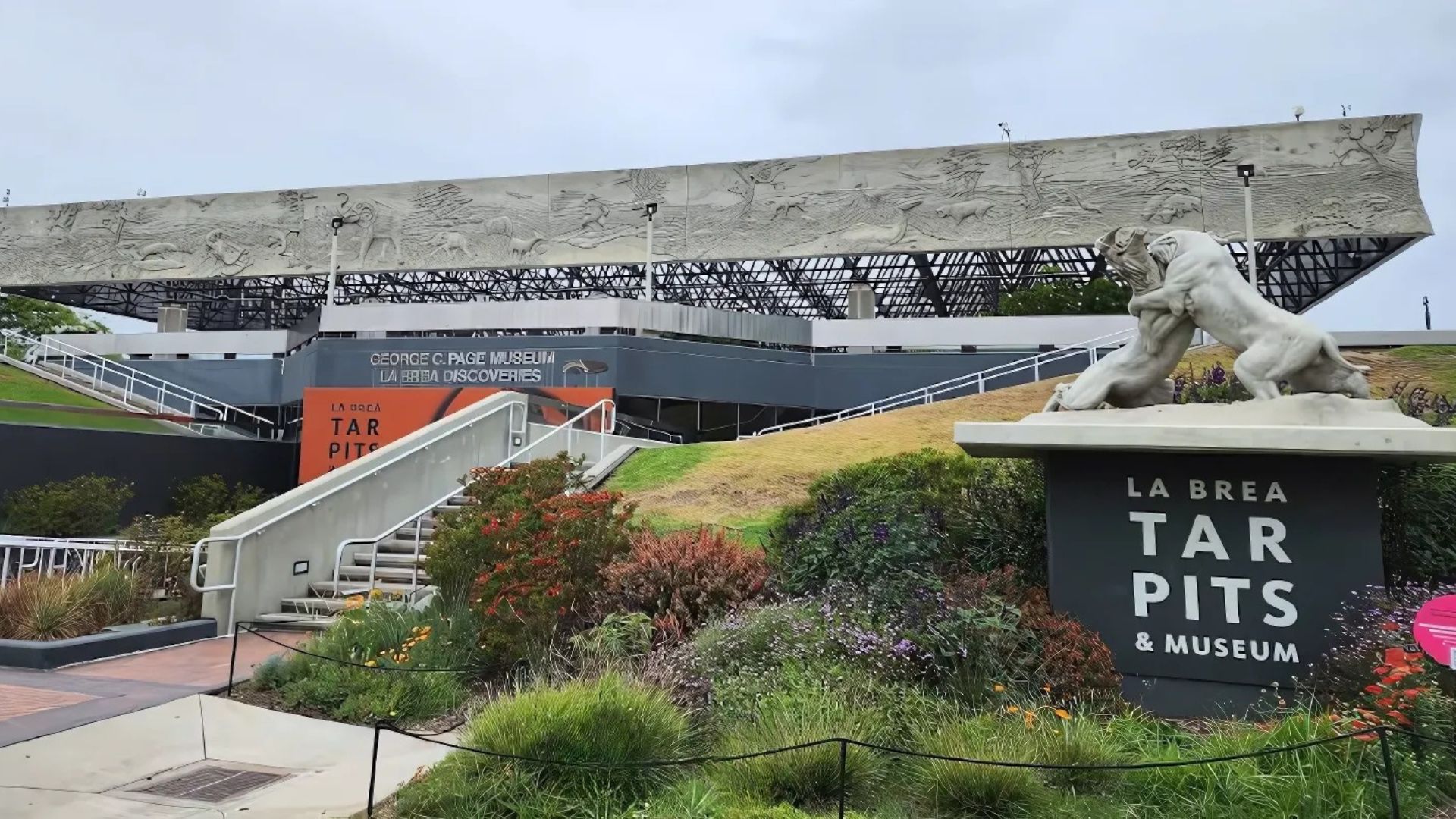
Parking and Accessibility
You’ll find parking behind the museum, off South Curson Avenue. The lot is pretty big but fills up on weekends and school holidays.
As of spring 2025, parking costs $18 per car. The process is straightforward—grab a ticket from the machine, pay before leaving, and stick the receipt on your dashboard.
If the main lot’s full, there are a few paid public lots in the Miracle Mile area, but street parking is tough to find.
The whole area is stroller and wheelchair friendly, with ramps and accessible paths through most of the museum and grounds.
Restrooms, including accessible stalls, are near the main entrance and inside the museum. Staff seemed genuinely helpful if anyone needed a hand.
Gift Shop and Nearby Attractions
Before heading out, I wandered into the museum gift shop. Honestly, the place surprised me with its variety—books, quirky toys, fossil replicas, and a bunch of shirts.
Prices started at just a few bucks, but some of the unique gifts climbed up to $50 or even more. It’s a fun little spot if you’re hunting for a souvenir or suddenly realize you forgot to grab a present.
Looking for more to do? The Los Angeles County Museum of Art (LACMA) sits literally next door. You can’t miss it.
The Miracle Mile neighborhood wraps around the area, and it’s packed with cafes and restaurants. Whether you want a quick bite or just a solid cup of coffee, you’ve got options.
Need a breather? Shaded outdoor spots and benches dot the grounds, which is honestly a lifesaver if you’re museum-hopping. I even spotted some picnic tables—perfect if you’d rather bring your own lunch and just chill for a bit.

